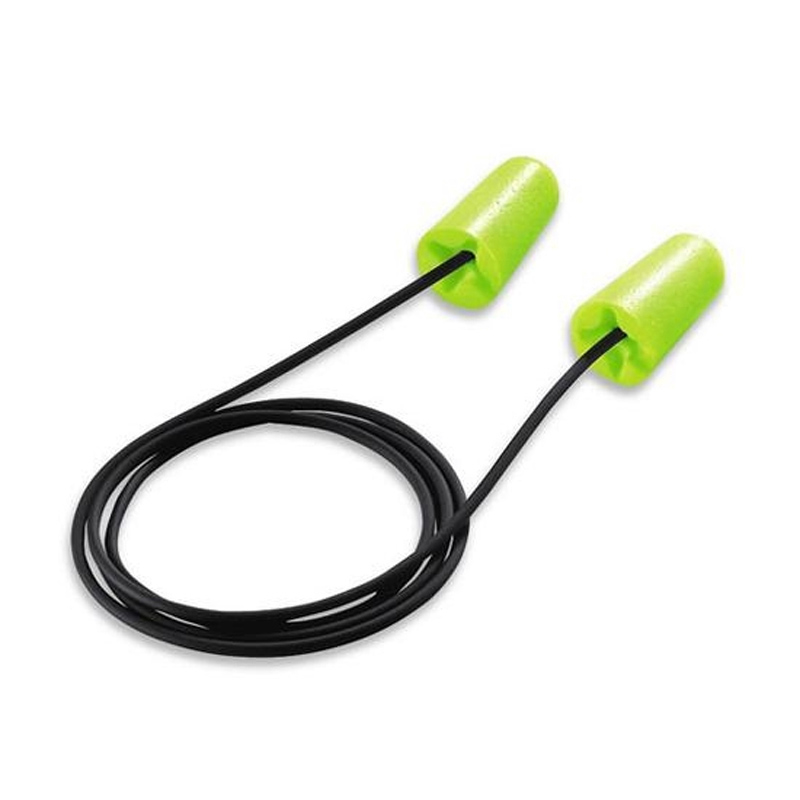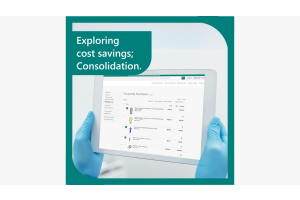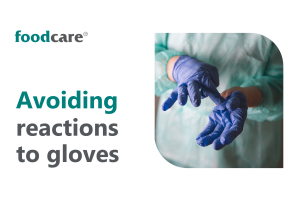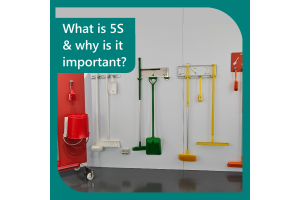Earmuffs vs. Earplugs
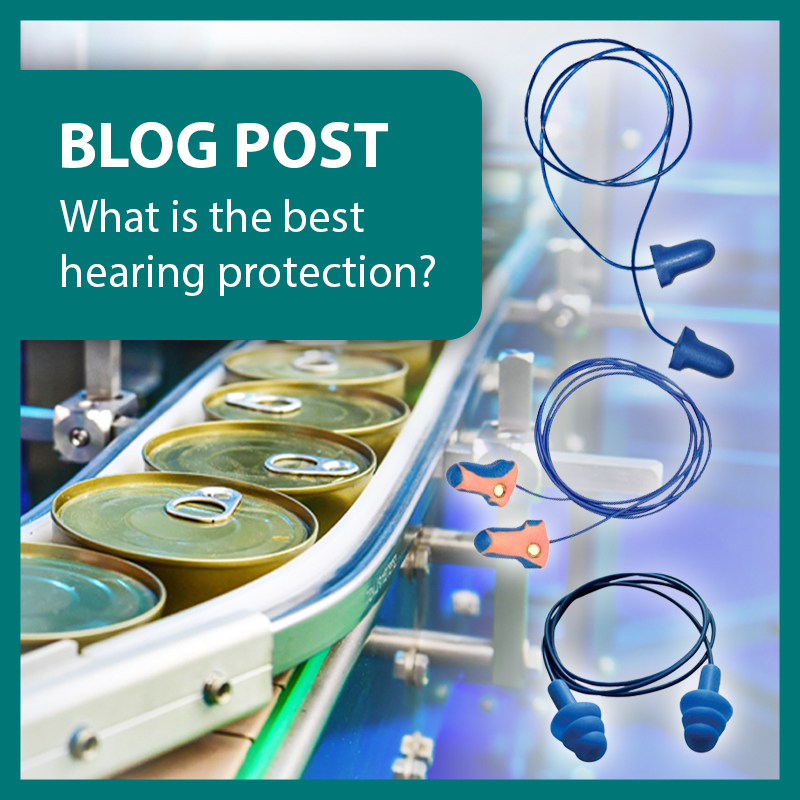
What is the best hearing protection?
Hearing protection may be necessary if machinery is used in your processing plant. Hearing protection is so important to reiterate due to its long-term impact on your team members.
Any type of hearing protection is beneficial but what is the best option?
The two most common types of hearing protection; are earplugs or earmuffs. Earplugs are inserted into the ear, while an earmuff is worn over the head and covers the ear. However, both can leak noise if not properly applied. Earmuffs are cost-effective and reusable, but the hygiene excellence of earplugs is unsurpassed.
Earmuffs
- Compliance – It is easier to check visually that they are in place and worn correctly.
- When worn properly – they are a secure fit and there is a lower risk of them falling off and into food products.
- Reusable – cost-effective although less hygienic
- Easier to apply, reduced application error resulting In sound leakage.
Earplugs
When choosing earplugs, food safety is an important factor to consider. Metal detectable corded or banded earplugs are the obvious choices, as they are less likely to become a contaminant compared to the uncorded type. There are two main types of corded earplugs, foam or soft silicon/plastic blend. The foam type requires the correct fitting technique involving rolling with a finger and thumb and inserting it in the ear. They are usually discarded after being removed.
The plastic-type is able to be washed and re-used if the appropriate techniques are enforced.
Disposable - hygienic
- Metal detectable versions are available
- Less bulky
- More comfortable to wear in warmer seasons
- The foam type needs more training to fit
Banded
- Lightweight and can be fitted or removed quickly and easily
- Plugs can be disposed of and replaced, while the band is reused – this ensures great hygiene however the band can become a contamination risk if they are not cleaned
Corded
- The most hygienic and food-safe option on the market, especially if they are also the non-foam metal detectable style.
- Very secure – even if one plug falls out of the ear, it will still be attached to the other plug
- Can be handled via the cord, so that the contaminated plugs are not touching
- Can be easily disposed of after use
Which hearing protection option is the most appropriate for you will depend on your hygiene and safety requirements balanced against the noise of your machinery. There are different types of noises that can impact hearing, particularly loud noises if they occur frequently enough, which will impact your eardrums. However, it is often the constant noise of machinery that has the most impact on hearing long-term. Protecting your workers’ hearing is critical, as the consequence of inadequate protection reaches far into the future.
Hearing is one of our core sensors, and often the noise is one of the first indications of danger. In the event of a fire or any emergency warning, there is a risk that workers will be unaware of this.
In situations where high sound protection is necessary, you may consider alternatives to alert your team when an emergency occurs, such as a flashing red light.
Keep in mind that a higher rating of hearing protection is not necessarily the best. Having the noise levels professionally measured will enable you to determine what level and type of hearing protection is required for your team’s safety. A noise protection rating that protects the wearer, and yet still allows the wearer to be aware of hazardous machinery and audible warnings is going to be the best solution.


